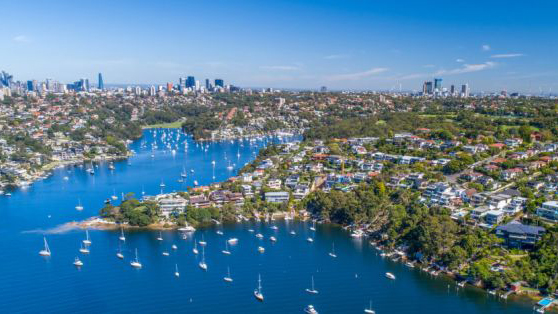
“I think that what we seeing now is the bottom end of the market still moving around and we are a bit delayed and behind with the [rental] moratorium. So, I think that’s where we are starting to see more movement now. It’s kind of like the hurricane and we are at the bottom.”
JLL’s Western Australia strategic research manager, Ronak Bhimjiani, said the current stock of listings available for rent was still low at 2830 properties, which was a considerable drop compared to the 7000 listings in the market just three years ago.
However, he said, over the last couple of months the market had been changing, with a decline in weekly leasing activity.
“We had been leasing 1000 properties a week over the last 12 months, which is a huge number,” Mr Bhimjiani said. “All of a sudden over the last four weeks we are at 700 leasings a week. That’s a 30 per cent reduction.
“The pace of growth is not as strong as it was and I think a lot of that is down to the fact people are moving towards the established housing market. If you look at weekly sales activity, we are averaging about 700 properties being sold on a weekly basis versus a benchmark of 550 12 months ago.
“I think there is definitely a shift from your rental market to your purchase or established housing market.”
Dr Powell said the rate of quarterly rental price growth was not as high as last year, but with the vacancy rate holding steady at 0.8 per cent this might indicate more stable market conditions.
“It’s still going to be a competitive rental market but we might start to see that market slow in comparison to what we had seen,” she said.
The June quarter was the first quarter to capture the end of the state government’s rental moratorium on evictions and rental hikes, Dr Powell said.
“We are going to have tenants in Perth that are going to be vulnerable to now being in a rental market that’s had significant increases in rent,” she said.
“It’s the biggest upward change in rents in more than a decade and that places tenants in a vulnerable position. I think we will see a shift [by] tenants to more affordable rentals if they’re facing large rental hikes.”
Furthermore, Dr Powell said, demand for rentals had surged over the past year as more Australians decided to relocate west and expats returned.
“The flow of residents away from Perth had previously been a drag on the demand for housing, but with a positive net flow of interstate residents, Perth’s vacancy rate remains firmly at a multi-year low,” she said.
“This gives tenants less choice and landlords greater ground to raise rents. Investors are starting to react to strong property price growth, low interest rates, rising rents and the perceived value that Perth offers compared to the east coast.”
Sourced from Domain




